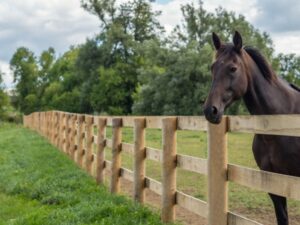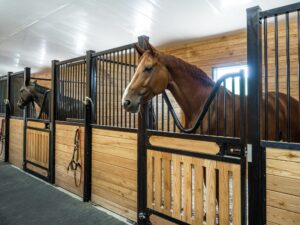If you’ve ever dealt with a colicing horse, you know it’s one of the scariest experiences a horse owner can go through. While most cases can be rectified without any invasive procedures, some require emergency surgery. It is my hope that you learn at least one thing from my story that could help you in the future if you ever have the misfortune of going through colic surgery with your horse.
While out with friends one night I got a call from my barn manager saying Titan was showing signs of colic. She gave him some Banamine and I was immediately on route to the barn. His condition was rapidly worsenening, so the vet was called out by the time I got there. Once I arrived, the vet recommended he head to the emergency department at the Ontario Veterinary College.
When Titan arrived to the OVC they began running diagnostics. They sent me home and said they would give me a call if he needed surgery, reassuring me that he was in good hands. A few hours later I got the call; Titan was being rushed into surgery as his condition had yet again worsened. I rushed to the OVC and what seemed like an eternity later (really 6 hours) he was out of surgery and the surgeon explained that Titan had suffered a nephro-splenic entrapment. If you don’t know what that is you’re not alone; I learned that nephro-splenic entrapment is a type of colic where the colon displaces and becomes trapped between the horse’s spleen and kidney. Luckily for Titan the surgeon just had to put his colon back into place and didn’t have to remove any part of it.
Titan remained at the OVC for six days for observation. I visited him every day to give him a quick groom and a short walk when allowed. Keep in mind that the OVC has visiting hours that should be respected; we don’t want to get in the way of the hard-working individuals who are doing their all to keep our pets healthy!
The day before he was released I went to the barn and gutted and sanitized his stall using our Noble Outfitters Stall Wash. Upon his arrival he would be welcomed with a stall full of fresh bedding. I also put a sign on his door clearly stating that he is not to have any treats due to his surgery. I then went to pick up a thermometer and some disposable first-aid supplies (disposable gloves, gauze, vetwrap, etc.).
I put together a “recovery binder” using charts similar to those used at the OVC to track his temperament, medication given, temperature, bandage change times, food schedule, and bowel movements. I also included his baselines for temperature, heart rate, capillary refill, and respiration. I would highly recommend you take these baselines of your horse prior to any illness he or she may experience so that you know what is “normal” for him or her.
The next day Titan was discharged from the OVC. Upon discharge, they will provide you with a detailed report on the surgery and illness or disease that the horse has been dealing with. There will also be detailed instructions included which precisely outline aftercare, medication, and bandage changes. They will also advise on when to have your regular vet out next. They then showed me how to apply and remove the bandage and check his incision. I was then armed with enough bandaging material for two changes and the remainder of his antibiotics (usually sulfa).
Days 1 to 30
Titan was prescribed stall rest for 30 days with two to three ten-minute hand walk sessions per day. His feed was to be slowly reintroduced over the first two weeks. I hand walked him every day before work, on lunch, and after work. He received sulfa in the morning and evening for the first five days. Day five marked the first time I had to change his bandage, which was my first real hurdle. I asked a friend to help, as I wanted to ensure I bandaged him correctly. Use gloves when changing the bandage and keep the clean bandages in a safe and dry location. On Day 14 my vet came out to remove his stitches under a mild sedative.
During this time it is imperative that you keep your horse’s stall as clean as possible. This will help keep the wound clean, as I found my horse often liked to lay down to rest after his stitches were removed. I used the Forever Fork to pick out his stall whenever possible to keep the soil level down. This also helps accurately assess how much manure is in the stall and track it on the chart. It is also crucial to keep an eye on your horse’s legs during the stall rest period. I found that Titan’s legs became quite stocked up from the lack of movement. Thankfully the swelling was dramatically reduced after using my Back on Track Quick Wraps.
For these first four weeks I steamed his hay to ensure that it was cleaned of any impurities or dust that could possibly affect his respiration system. Titan being on stall rest meant he would be exposed to all of the dust and ammonia in the barn 24/7—even though I tried to keep his stall as clean as possible—so I steamed his hay to reduce his exposure to dust. I used the Haygain One portable steamer with my Haygain hay net to steam his hay.
Days 30 to 60
This was an exciting time for me, as it meant Titan could FINALLY be turned out in a small paddock. I took my time with this, as I was worried he would bolt and injure himself—he didn’t, I’m a worrywart. If your horse is especially high-strung, you may want to talk to your vet about administering a mild sedative before turning out in order to avoid injury. To create a small paddock I used Tarter round pen panels with a gate to section-off an individual paddock. You can make the space larger as your horse heals.
Having constant access to hay is important, as it is not only good for their digestive system, but it keeps them occupied and less likely to get into trouble; trouble meaning running around and aggravating the incision area.
During this period I was still hand walking him to ensure he was getting as much low-impact exercise as possible. Ensure to check the incision site daily for any swelling or changes.
At this point Titan had begun to gain back all of the weight he’d lost while he was ill. I started him back on his Mad Barn Optimum and Mad Barn W3 Omega 3 Oil supplements. The Optimum is great for post-surgery horses since it has a probiotic and prebiotic mix that is very beneficial for their digestive system. The oil is packed full of good fats and omega 3’s which helped him get back up to a healthy weight.
Days 60 to 90
At this point Titan was allowed access to the whole paddock. I kept him as calm as possible throughout the process of making his paddock larger, just like I did when I first turned him out.
My vet then gave me the go-ahead to start Titan back into work. He outlined the following rehab plan for me (keep in mind rehab plans can vary from horse to horse):
- 30 minutes walking (starting with five minutes per session then gradually working up to 30 minutes) for 30 days
- 30 minutes of walk and 30 minutes of trot (starting with five minutes of trot per session then gradually working up to 30 minutes) for 30 days
- 30 minutes of walk/trot and introducing canter intervals of five minutes (gradually working up to what is normal for your horse) for 30 days
- Resume jumping slowly
I am currently finishing up my first 30 days of walking. I recommend creating a playlist for your rehab; it will help with passing the time and I set mine so that when a certain song starts I know when to change directions or when to end my ride. You may also find it helpful to carry a stopwatch once you start trotting so that you can easily see how many minutes you have left.
Conclusion
Titan colicing has been one of the scariest, stressful, and overwhelming experiences I have ever gone through. Throwing myself full-force into his aftercare helped me regain some degree of control over a situation that I had very little control over. The main takeaway from this post is to show how important it is that you keep your horse happy and healthy even when it means waking up at 5am to hand walk, mucking a stall multiple times a day, scrubbing buckets several times a day, spending time with him or her during a period of isolation, and just walking for 30 minutes at a time—your horse depends on you fully during times like these; don’t let them down! I am also very thankful to all those who helped Titan and I during this difficult time, from the staff at the OVC, to my barn manager and owner, family, friends, coworkers, and my veterinarian.
It’s easy to see how having the right horse barn and horse stall supplies in place is so essential. Providing a safe space for your horse that helps them to remain happy and healthy is absolutely imperative in general. If something were to happen and your horse needed to spend time resting in the stall, having the right horse stall could most definitey make the different. The right stall flooring can help to create a comfortable space for your horse, with stall partitions and dutch windows allowing your horse to socialize safely, and even a variety of feed and watering equipment to ensure they are eating and drinking. For more information or to find the right solutions for your barn and horse farm, contact our experts at System Equine today.









